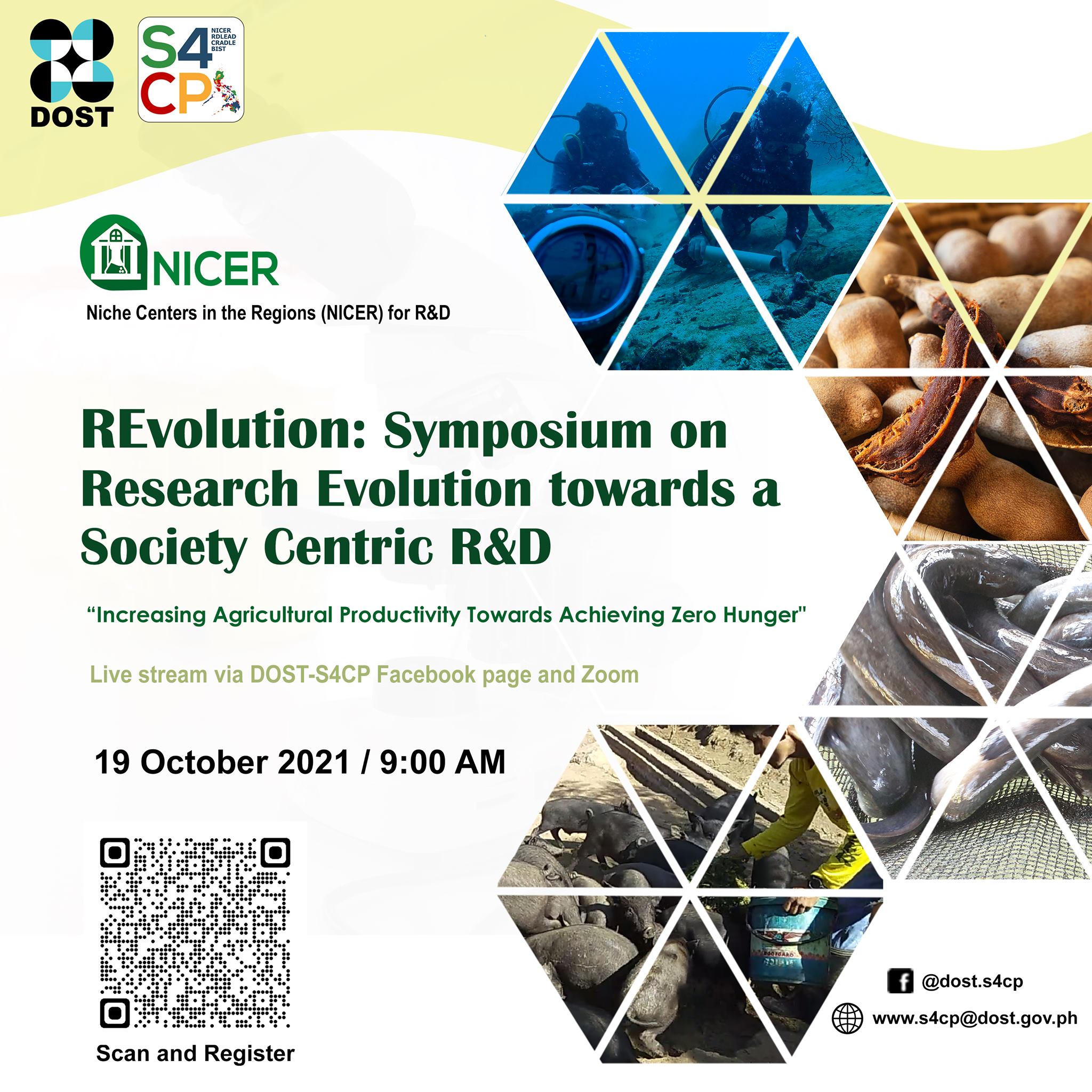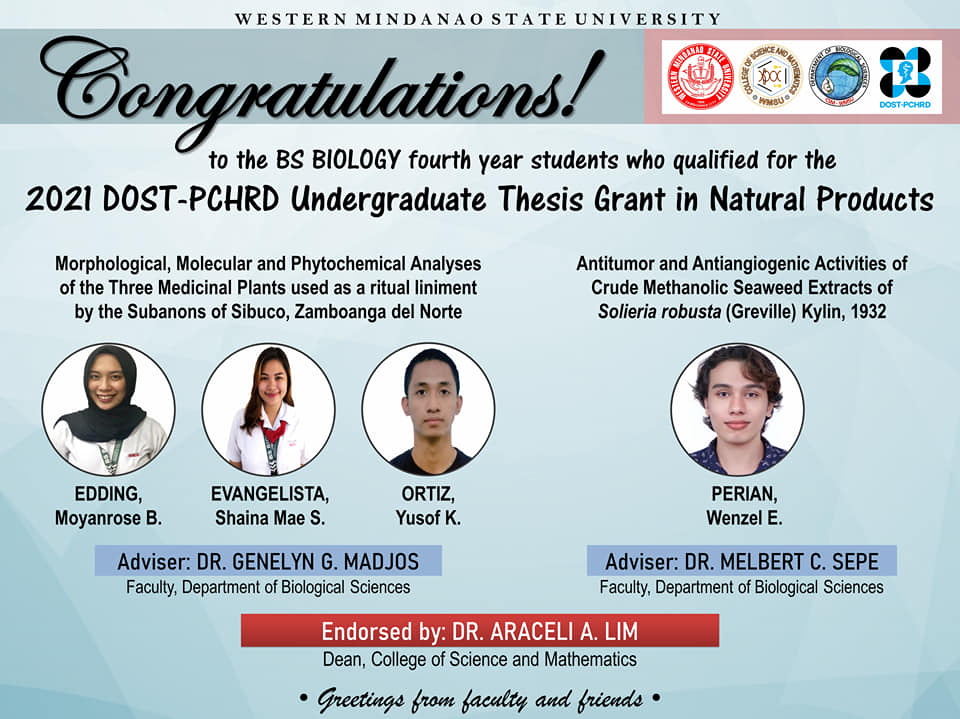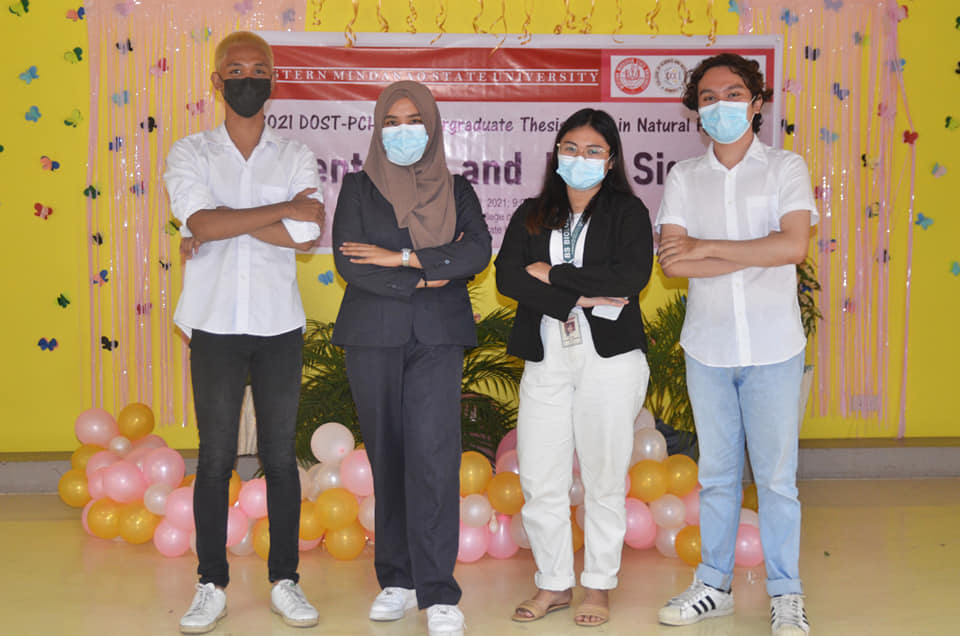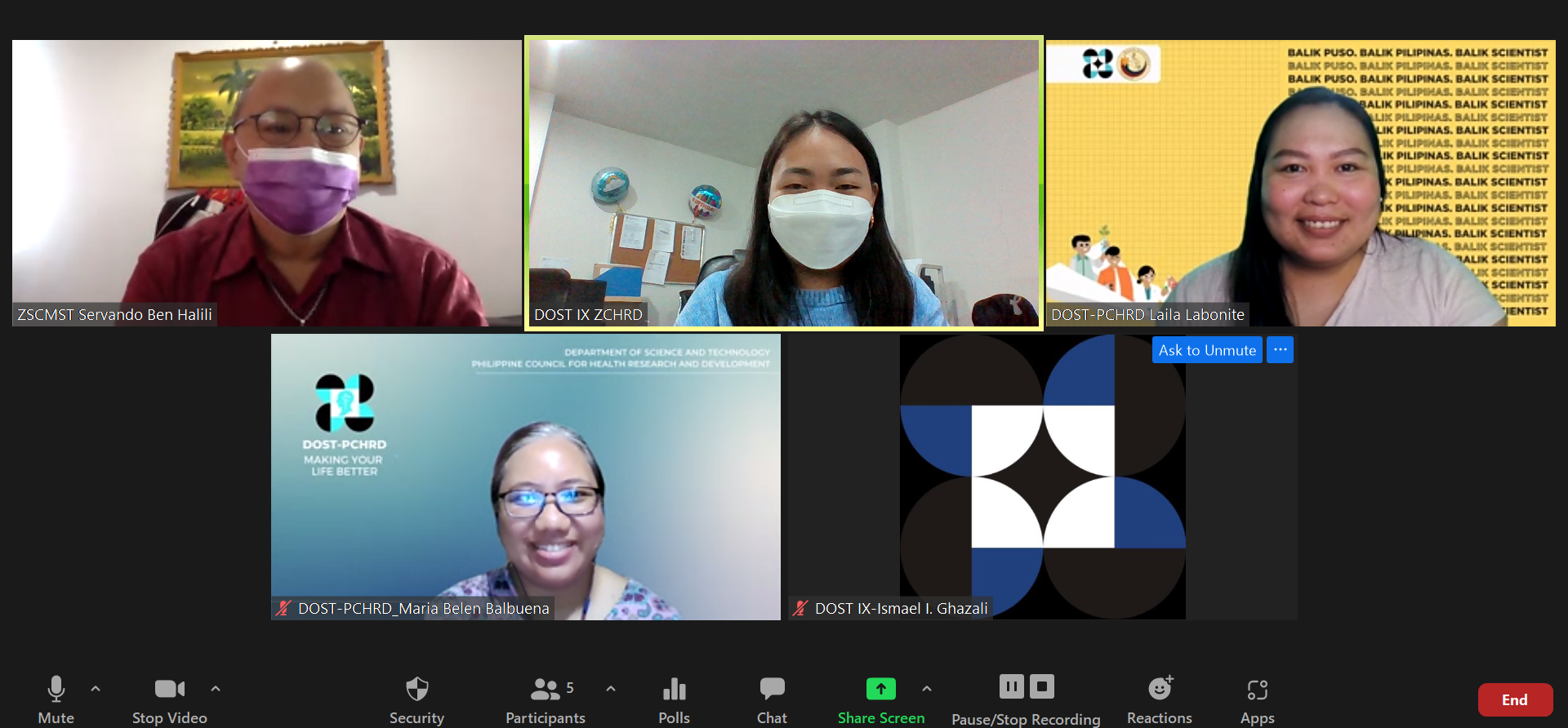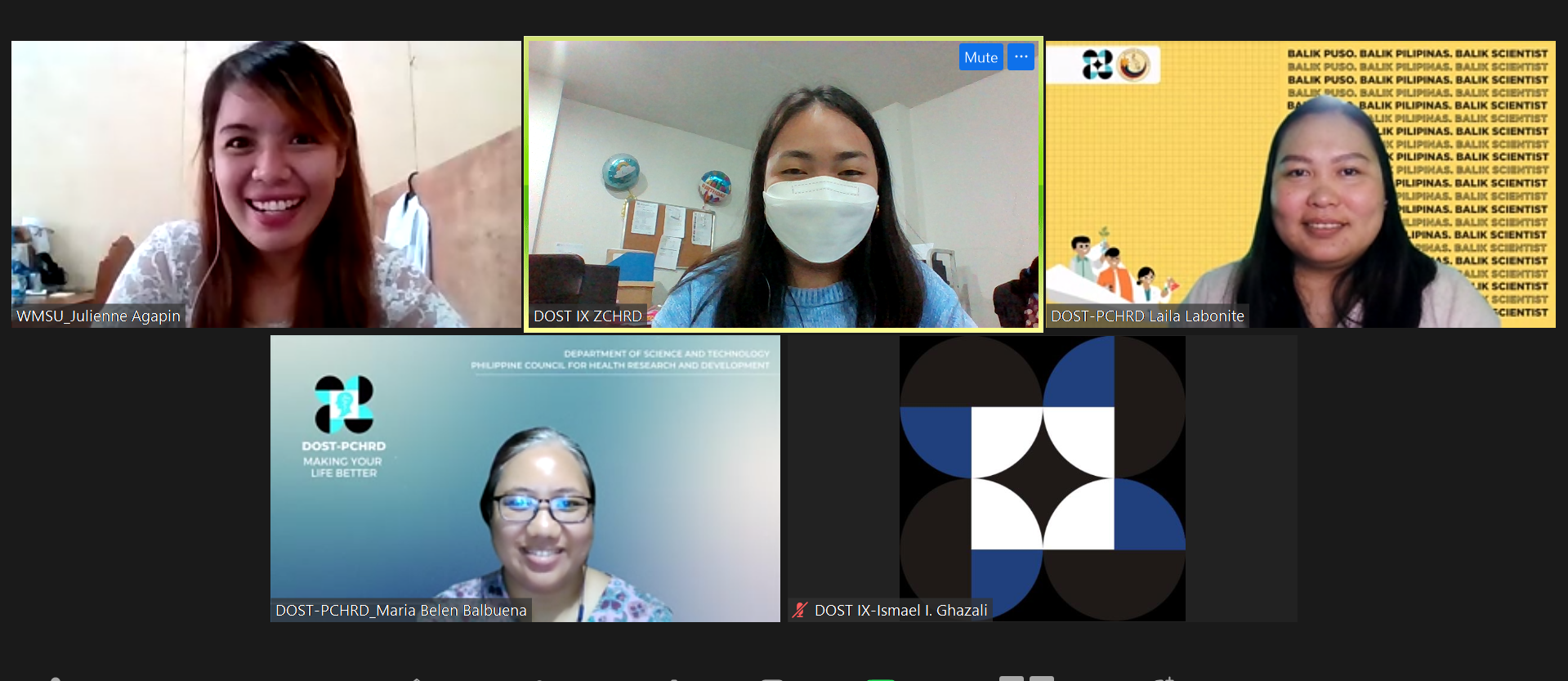#DOSTPressReleases: Maya-3 and Maya-4 now flying high as space technology takes up space in the upcoming Science Week
The country is flying high with its aggressive thrust of harnessing the power of space technology by developing microsatellites, cube satellites, and nanosatellites that can be used for various applications.
Maya-3 and Maya-4, the first Philippine university-built cube satellites (CubeSats), are now in orbit after their successful deployment from the International Space Station (ISS) on Wednesday, 06 October 2021. The so-called ‘cousin’ of these two cube satellites is Maya-1 which is the first Filipino cube satellite that was developed under the Philippine Scientific Earth Observation Microsatellite program (PHL-Microsat).
This was jointly implemented by the DOST and the University of the Philippines as part of the Kyushu Institute of Technology-led multinational second Joint Global Multi-Nations Birds Satellite (BIRDS-2). Maya-1’s mission in space included the following: Remote Data Collection by Store-and-Forward (S&F) Mechanism (S&F Mission); Image and Video Capture (CAM Mission), GPS Chip Demonstration (GPS Mission); Detection of an Electronics Circuit Anomaly due to Space Radiation (SEL Mission); and Magnetic Field Measurement in Space using an Anisotropic Magnetoresistance Sensor (AMR-MM Mission). It was released into space on 10 August 2018 via the ISS and was decommissioned on 23 November 2020 after gathering numerous data and images.
Another sibling, the Maya-2, weighing 1.3 kgs was deployed into space on 14 March 2021 with two other cube satellites from Paraguay and Japan, all of which are part of the Kyushu Institute of Technology’s (Kyutech) 4th Joint Global Multi-Nation Birds Satellite (BIRDS-4) Project. To this date, Maya-2 is still hovering above us with the following mission: Remote Data Collection by Store-and-Forward (S&F) Mechanism (S&F Mission); Commercial off-the-shelf (COTS) APRS-Digipeater Payload Demonstration on Cubesat (APRS-DP Mission); Image and Video Capture (CAM mission); Demonstration of active attitude stabilization and control; Testing of Perovskite solar cells in space; Demonstration of CubeSat structure as antenna; Test of Latchup-detection chip; and Test of COTS glue for solar cell attachment.
Maya-3 and Maya-4 both weighs approximately 1.15 kilograms per unit with 10-centimeter cubic frames, these CubeSats have components that are designed to demonstrate nanosatellite-based remote data collection systems and optical imaging. The CubeSats are now moving along an orbit similar to that of the ISS at an altitude of approximately 400 kilometers from Earth.
These latest CubeSats were built under the Space Science and Technology Proliferation through University Partnerships (STeP-UP) project of the STAMINA4Space Program, which is funded by the Department of Science and Technology (DOST), and is implemented by the University of the Philippines Diliman and the DOST-Advanced Science and Technology Institute (ASTI). The nanosatellite development track under the Master of Science (MS) or Master of Engineering (MEng) program of the Electrical and Electronics Engineering Institute of the UP Diliman is also implemented in collaboration with the Kyushu Institute of Technology in Japan and with scholarship support from the Science Education Institute of the DOST.
Maya-3- and Maya-4 have for their mission as follows: Demonstration of Ground Data Acquisition using Store and Forward (S&F mission); Commercial off-the-shelf (COTS) APRS-Digipeater Payload Demonstration on Cubesat (APRS-DP mission); Image and Video Capture (RGB CAM mission); Demonstration of Near-Infrared camera (NIR CAM mission), for Maya-4 only; GPS Chip Demonstration (GPS mission); Detection of and protection from Single Event Latch-up due to space radiation (SEL mission); and Magnetic Field Measurement in Space using an Anisotropic Magnetoresistance Sensor (AMR-MM mission).
Aside from the many benefits that Maya-3 and Maya-4 bring, the development of these CubeSats provides opportunities for Filipino space scientists and engineers to learn and acquire space technology know-how and gain hands-on experience in satellite development that will eventually uplift local human resource capabilities with the aim of strengthening the country’s space initiatives and programs.
With DOST’s continued support for the development of space science in the country, space technology will be one of the topics in the webinars as one of the highlights of the virtual celebration of the 2021 National Science and Technology Week (NSTW) from 22-28 November 2021. Many other technologies and innovations ranging from agriculture to enterprise development to nuclear science and to artificial intelligence, among others, will be featured with the main theme this year titled, “Agham at Teknolohiya: Tugon sa Hamon ng Panahon”. To know more of and join the different activities, forums, and webinars during the science week, please visit its website at
www.nstw.dost.gov.ph.
